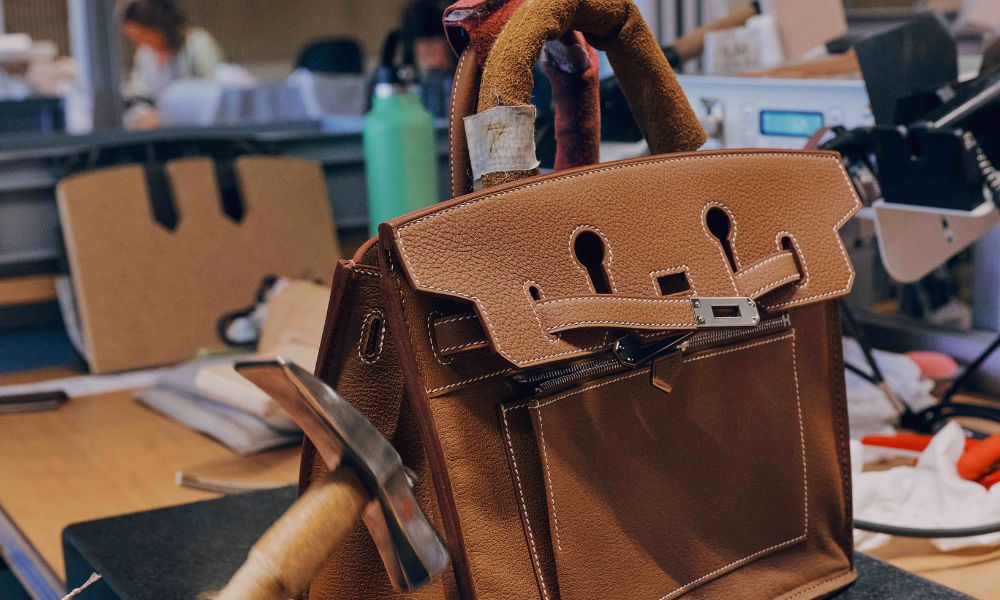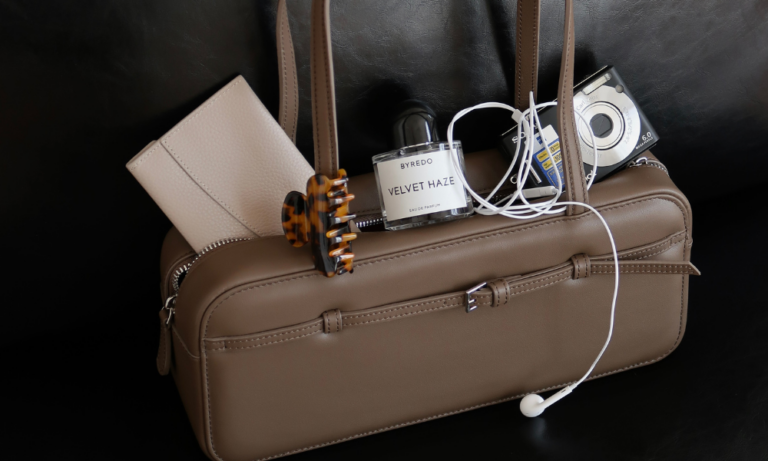Few fashion houses have sustained a relationship with craftsmanship as deeply as Hermès. Established in 1837 as a harness maker, the brand has built its reputation on precision and permanence rather than novelty. The opening of its new leather goods workshop in L’Isle-d’Espagnac in France’s Charente region continues this trajectory.
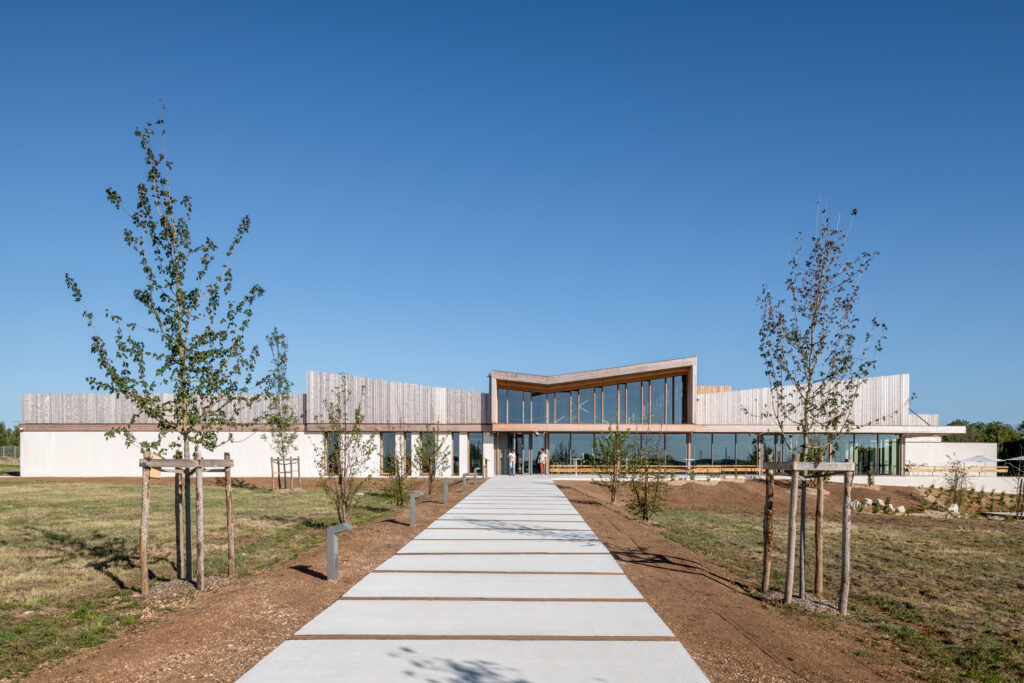
The site will employ approximately 260 artisans once it reaches full capacity, representing another step in Hermès’s long-term plan to expand production exclusively within France. This approach has become a defining feature of the brand’s identity. Every new site reinforces control over quality and training, ensuring that production growth does not dilute the very qualities that sustain its value.
The company’s internal training structure remains key to this model. Through the École Hermès des Savoir-Faire, each craftsperson completes a rigorous program before joining the production line. It takes over a year for a workshop to reach full operation, as senior artisans oversee the transmission of skills and standards.
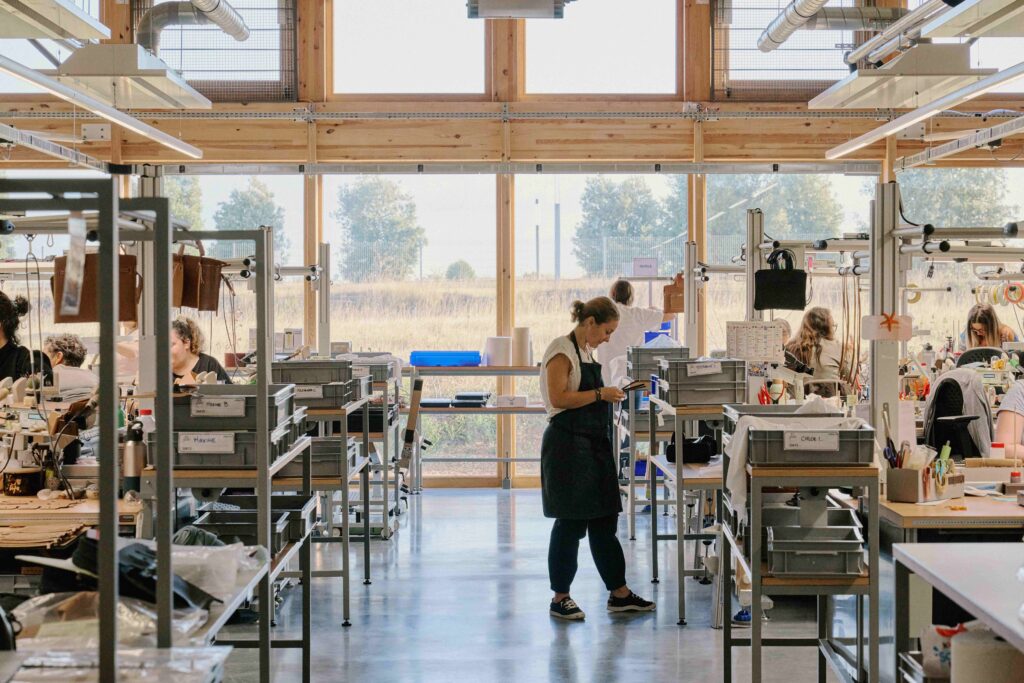
The physical environment of the workshops also mirrors this philosophy. Architecture serves function rather than spectacle. Natural light, soft acoustics, and controlled temperatures create the ideal setting for leatherwork that demands focus and tactile precision. The aim is not aesthetic display but the quiet optimization of human skill.
Beyond production, these sites carry an important social role. By opening workshops in regions such as Charente, Hermès brings stable employment and specialized training to local communities. This model strengthens regional economies while preserving traditional crafts within a contemporary framework. It is an industrial strategy that also acts as cultural preservation, reinforcing France’s position as the geographic and symbolic home of luxury manufacturing.
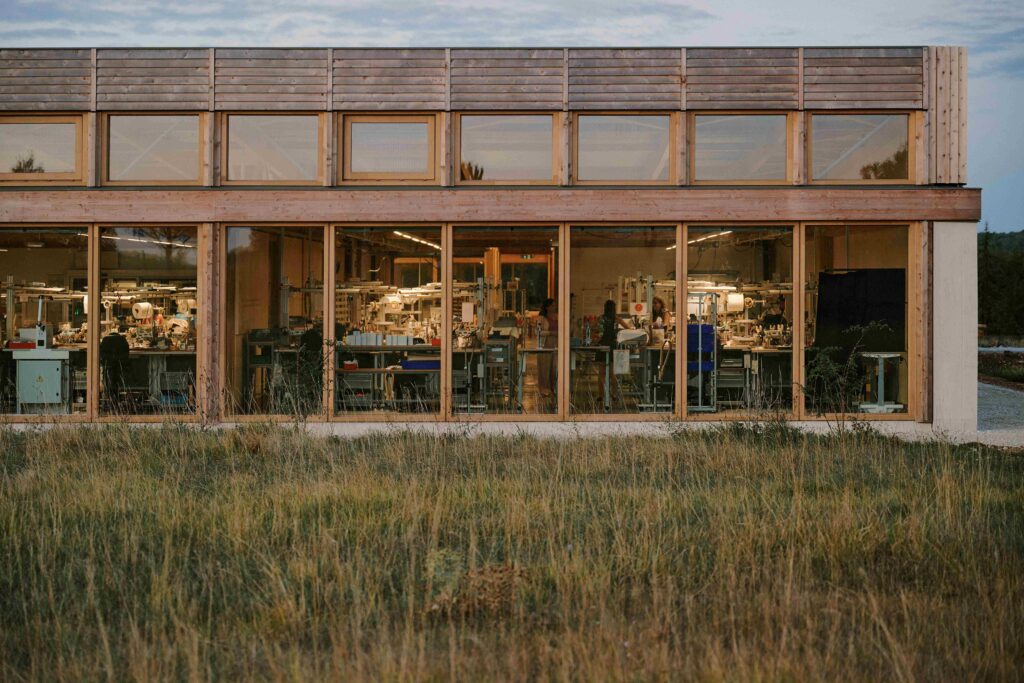
In an era when many luxury houses rely on scale and visibility, Hermès operates at a different rhythm. Its investment in French craftsmanship is an assertion of independence. It reaffirms that the house’s greatest strength lies in what it refuses to compromise — the idea that true luxury is built, slowly and consistently, by human hands.
